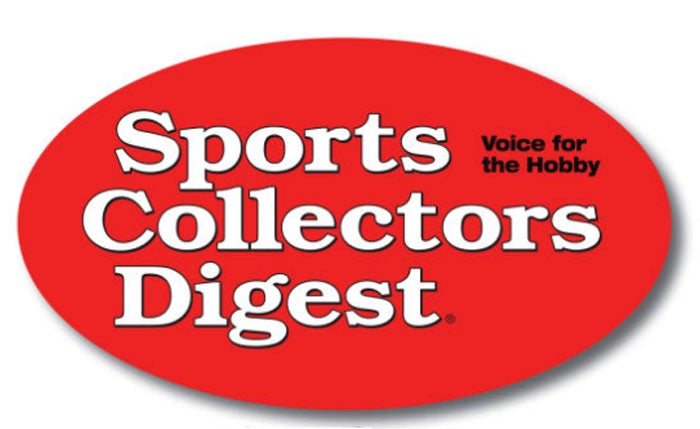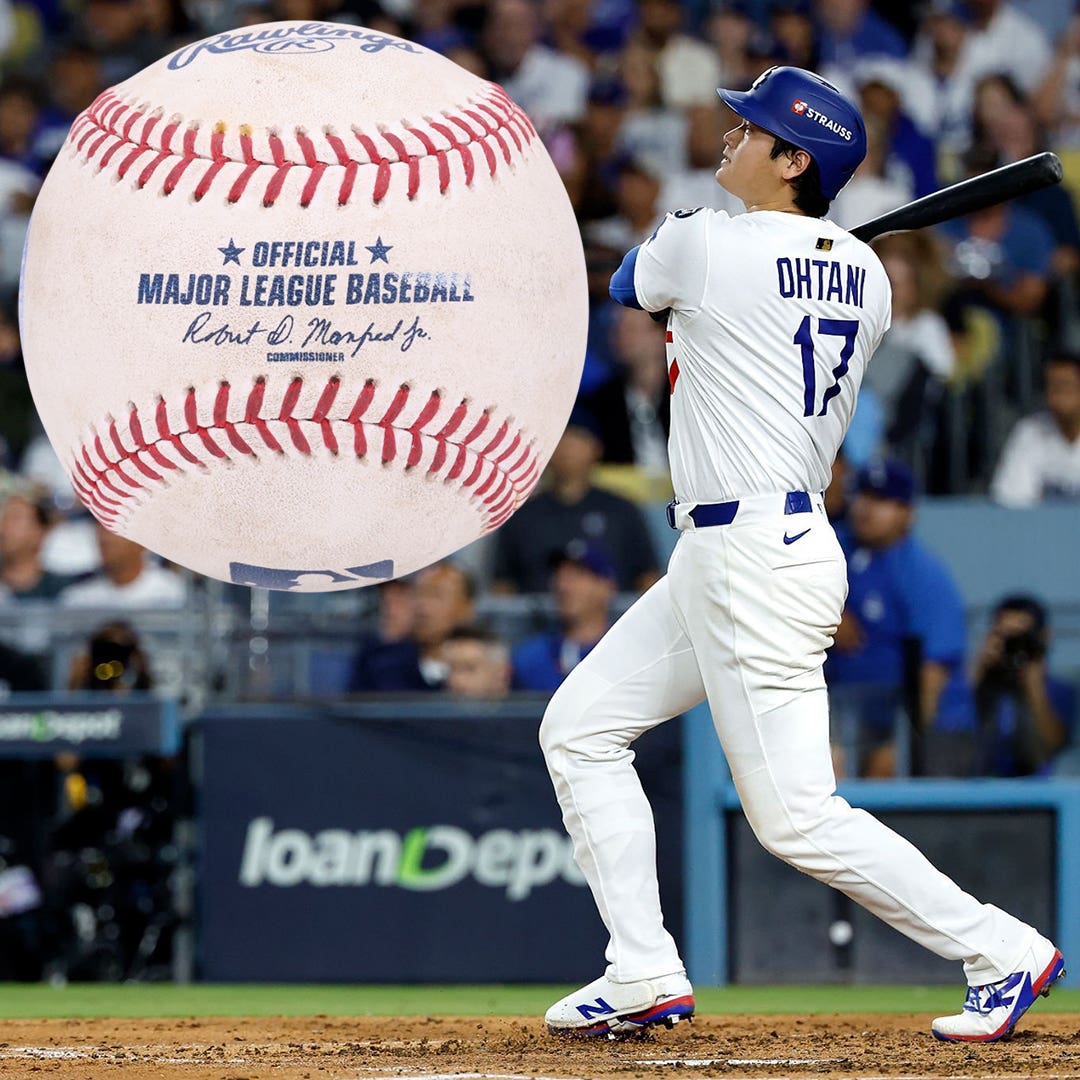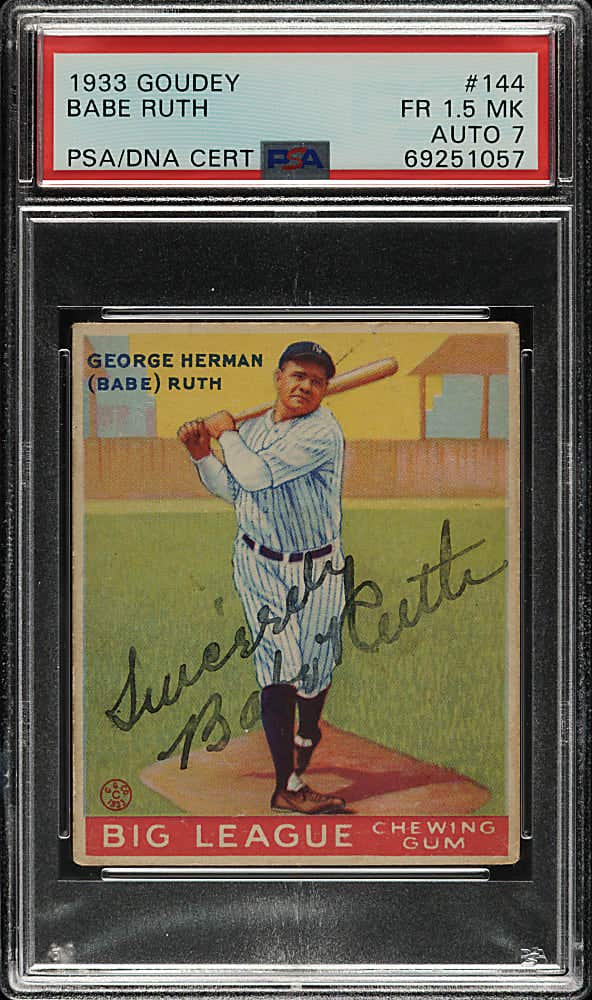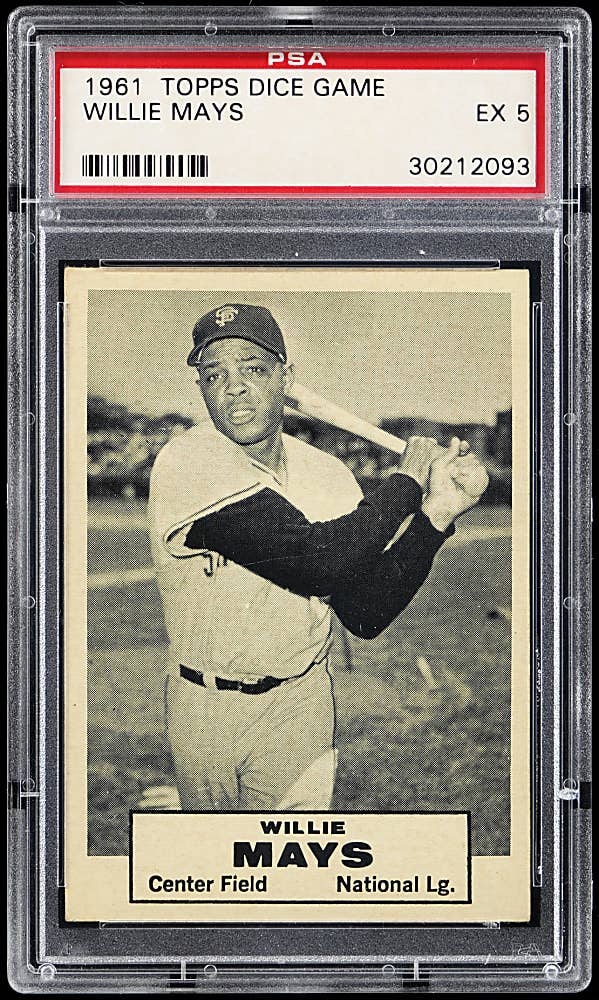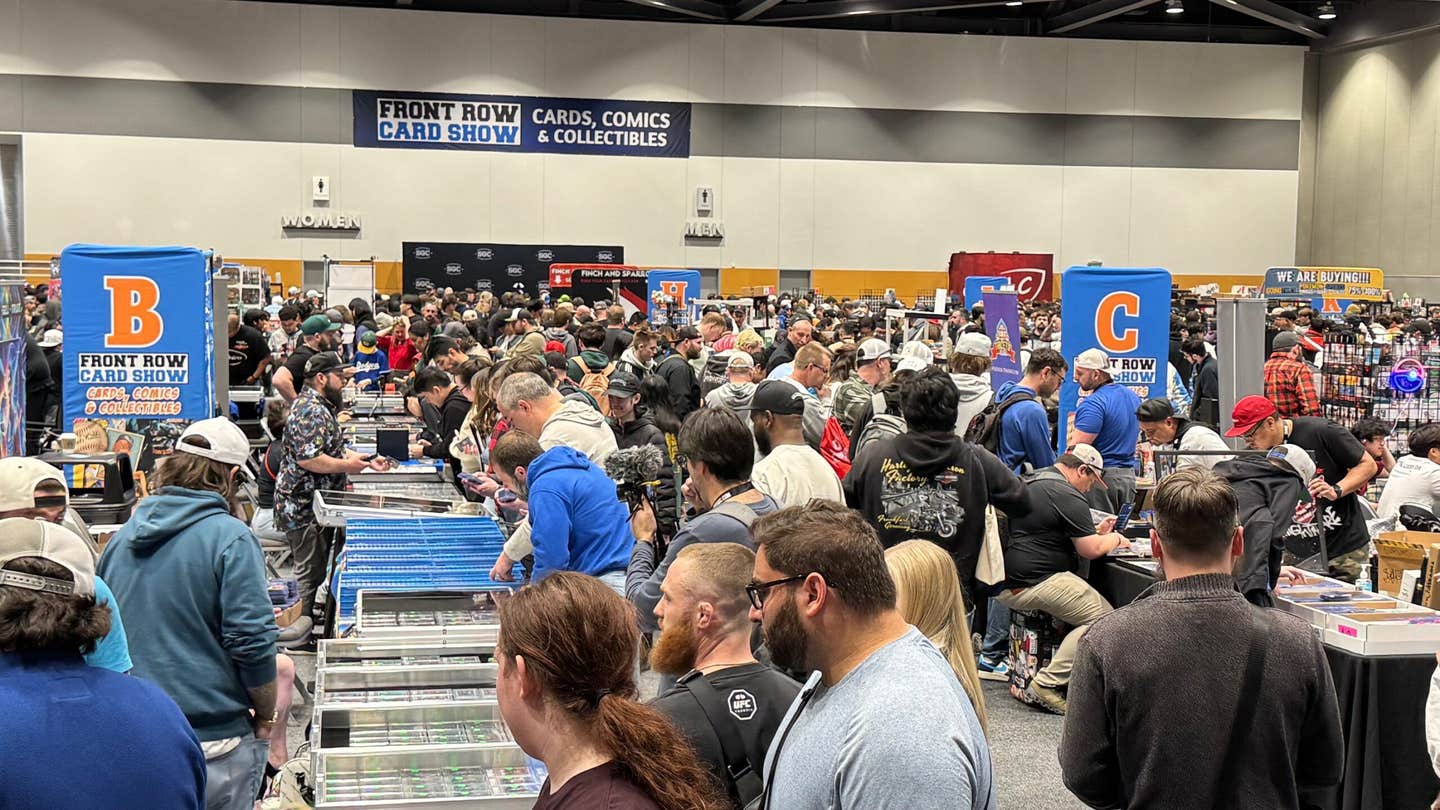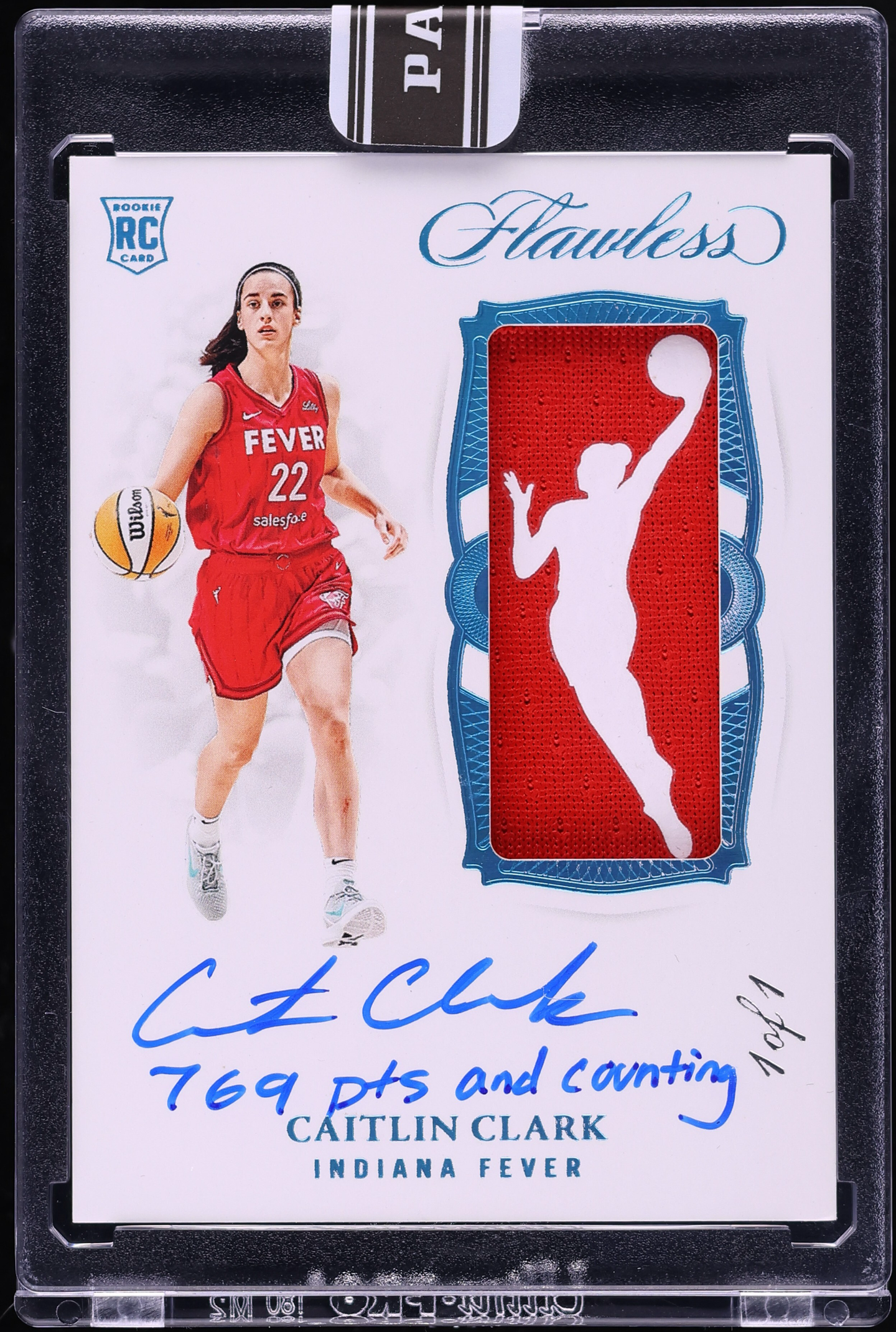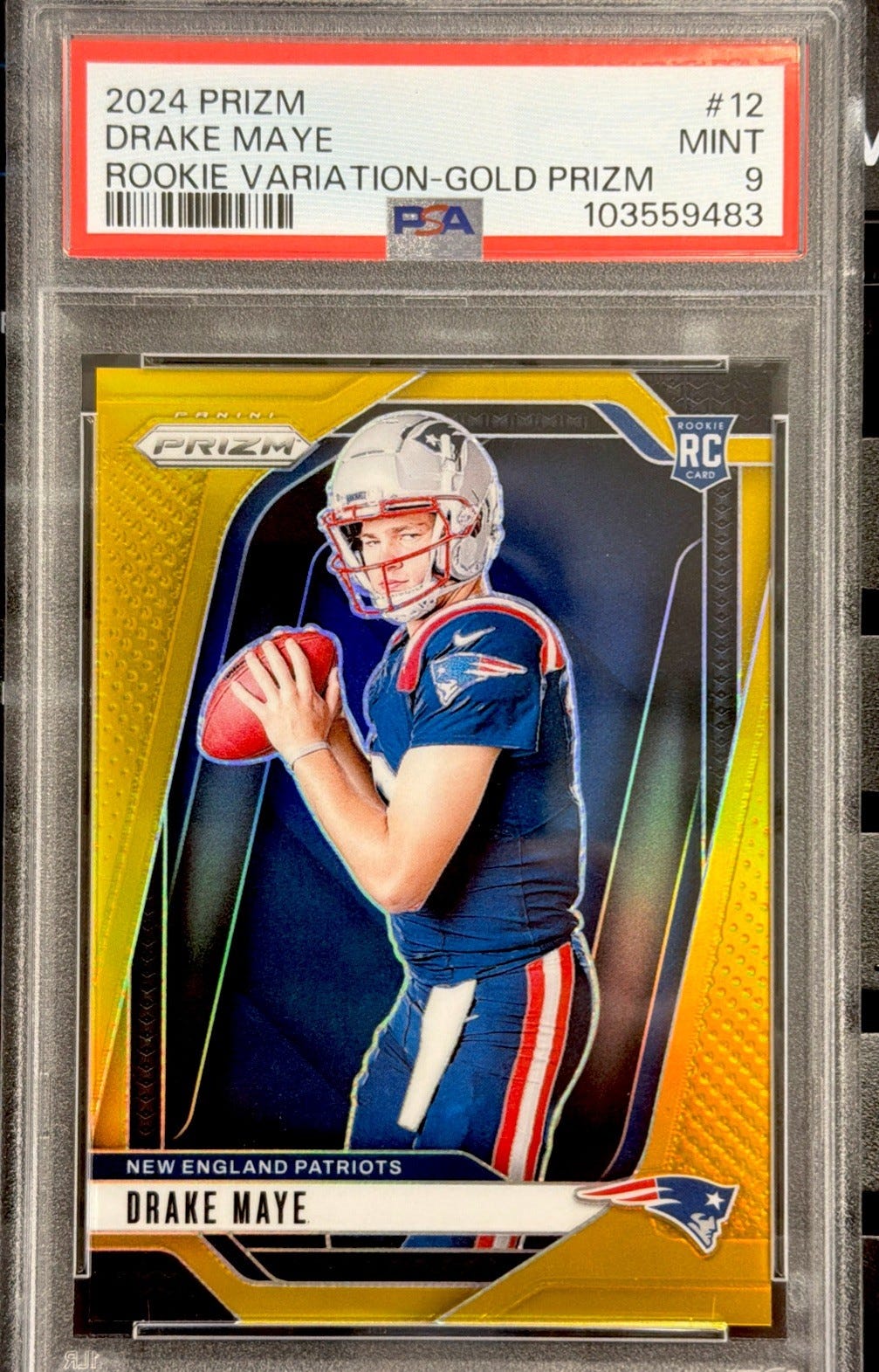Oscar Robertson
History’s Greatest Olympians set features big named athletes
By Sal Barry
In 1983, Walter Hill had a big idea. The 1984 Summer Olympics was set to take place in Los Angeles and baseball cards were experiencing a sharp rise in popularity. Hill and his company, Finder Image International, wanted to capitalize on the interest in both.
“I was pursuing an Olympic license for various products,” Hill said. “My friend at the Coca-Cola Company and I talked about trading cards, and I thought it was a good product, so we worked together to get a license from the Los Angeles Olympics Organizing Committee. Once the proposal was approved, we contracted Topps to manufacture the cards.”
With production help from Topps, Finder Image International issued a set of cards called “History’s Greatest Olympians” in 1983 and 1984. Actually, make that three sets.
One set, consisting of 99 cards, was sold in packs and as a boxed set. A variation of the set, using a different logo, was sold at 7-Eleven convenience stores. A third set, smaller in size at only 48 cards, was printed on packages of Coca-Cola products.
“History’s Greatest Olympians” reads like a who’s who of the quad-annual games from the 20th century: Cassius Clay, Jerry West, Jessie Owens, Jim Thorpe, George Foreman, Dorothy Hamill, Mike Eruzione and more. The back of each card gives a short story about that athlete’s feat of Olympic heroism. With the 2018 Winter Olympics taking place in February, collectors might want to give “History’s Greatest Olympians” another look. The set has enough legends, variations and oddities to make for a challenging – but not impossible-to-complete – series to collect.
Coke is it!
Once Finder Image was granted a license from the L.A.O.O.C., Hill turned to the leading trading card company at the time for help.
“The reason we went to Topps was because we knew they already had a process in place to make trading cards,” explained Hill, who now owns a marketing and promotional company called Icon Blue. “It’s a very tedious process to contact and get permission from all of those athletes to use their likenesses.”
According to Hill, Topps obtained likeness rights to the athletes and designed the cards, while Finder Image handled the sales and marketing. No mention of Topps is made anywhere on the cards on any versions – not even in the copyright line which notes either “FINDER IMAGE INTER’L” or “FII.” But most collectors, card resellers and price guides credit Topps solely for the production of these cards. They are partially right.
“Topps did not conceive the idea to make this set, nor did they market them,” Hill said. “Topps deserves credit for putting the set together, because it was quite an undertaking to do that.”
Tracking down all 48 cards in the Coca-Cola version of the “History’s Greatest Olympians” set is quite an undertaking, too. Twelve different four-card panels were printed on 12-pack cases of Coca-Cola canned beverages. These versions of the cards are easily discernible by the Coke logo on the front, and that the cards are printed on soda packaging instead of typical 1980s trading card stock. Since the cards were usually cut out by hand, finding them in tip-top shape is difficult today.
Fortunately, the two larger, 99-card versions of the set are much easier to come by.
Stars vs. rings
Finder Image did not just stop with its Coca-Cola set, and had Topps print two separate 99-card versions of the “History’s Greatest Olympians” set. The card stock, and color of the inks on the back, is the same that Topps used for its 1983 baseball cards. One version of the set uses five black Olympic rings as the logo in the upper-left corner, and was sold in 36-card rack packs exclusively through 7-Eleven convenience stores. The other version of the set uses red, white and blue stars as the logo; this is actually meant to be a star in motion. This version of the set was sold in 45-card rack packs and as a complete boxed set. Other than the logo variation, a slightly different copyright line on the back, and a different photo used on card number 47, swimmer Chris vol Saltza, the sets are otherwise the same.
“I’ve always seen a whole lot more of the ‘Star in Motion’ version than the ‘Black Rings’ version,” said Craig Perlow, who has collected all things Olympics since 1976 and launched his website, OlympianArtifacts.com, in 1998.
Indeed, the “Star in Motion” versions of the cards are much easier to find, with complete sets selling for between $5 and $20 today. The “Black Rings” version is not often found online as a complete set, though sellers usually ask for a premium for singles. Sometimes, you may even find a hand-collated set that has a mixture of both variations, since the differences are easy to overlook.
To house the set, Finder Image also produced a three-ring “Collector’s Trading Card Album.” For $8.95, collectors received a three-ring binder measuring 10.5” by 12”, 18 cards, four vinyl pages and two hole-punched pages giving the “History of Olympic Events.” The front of the album is decorated with the “Star in Motion” over five blue Olympic rings, which was the official logo for the 1984 Olympic Games.
Curious case of the checklist card
One anomaly that appears in the “Star in Motion” version of “History’s Greatest Olympians” is that there are two different cards numbered 69. French skier Jean-Claude Killy was originally pictured on card 69, which was found in the boxed sets and the 45-card rack packs.
However, sometime during the production run, Killy was replaced with a checklist. It may have been a likeness rights issue with Killy, or a checklist might have been swapped in to make the set more collector-friendly in the pre-internet days; how else would anyone know what cards were in the set? These reasons are purely speculative, but either way, the checklist – found only in some of the rack packs – is the hardest card to find in the set. Apparently, no checklist was produced for the “Black Rings” version.
Team players
It may be hard for sports card collectors to get excited about a set that is focused mainly on swimmers and sprinters. The 99-card versions of “History’s Greatest Olympians” pictures 37 track and field athletes, 31 swimmers, seven boxers, five speed skaters, three basketball players, three wrestlers, three skiers, three figure skaters, two hockey players, two archers, one equestrian, one weightlifter and one rifle/pistol athlete. But among those few team sports players are some very notable names.
Jerry West and Oscar Robertson – West and Robertson co-captained the gold medal-winning 1960 U.S. Basketball team, considered one of the greatest amateur basketball teams in history. Both went onto long and successful careers in the NBA and were inducted into the Naismith Memorial Basketball Hall of Fame in 1980, and again in 2010 when the entire 1960 U.S. Olympic team was enshrined.
Bill Bradley – Bradley led the 1964 U.S. Basketball team to a gold medal, then played 11 seasons in the NBA, was inducted in the Naismith Memorial Basketball Hall of Fame in 1983 and was a U.S. senator from 1979 to 1997.
Jim Thorpe – Though known best for his prowess on the gridiron, Thorpe won gold medals in the pentathlon and decathlon in 1912. He then went on to spend six seasons playing Major League Baseball and 12 seasons of pro football, including eight seasons in the NFL. Thorpe was named by the Associated Press as the greatest athlete of the first half of the 20th century, and was part of the inaugural class of the Pro Football Hall of Fame in 1963.
Mike Eruzione & Jim Craig – Team captain Eruzione and goaltender Craig were the biggest stars on the 1980 “Miracle on Ice” U.S. Olympic Hockey team, which was comprised of amateurs but managed to defeat a Soviet Union team made of professionals. Eruzione scored the game-winning goal in the semifinal game against the Soviets. Two nights later, the U.S. beat Finland to capture the gold medal. Craig was the tournament’s top goaltender, going undefeated with a 6-0-2 record. Since Eruzione did not play in the NHL, his “History’s Greatest Olympians” card is considered by many hockey collectors to be his rookie card.
Pugilistic prowess
Four of the boxers found in this set went on to become pro legends of their sport.
Cassius Clay – Before he changed his name to Muhammad Ali to reflect his conversion to Islam, Clay won the gold medal in Olympic boxing in 1960. He went on to become a three-time pro heavyweight champ
Joe Frazier – “Smokin’ Joe” won the gold medal for the U.S. in 1964 and was the undisputed heavyweight champion from 1970 to 1973.
Floyd Patterson – Patterson won the gold medal in middleweight boxing for the U.S. in 1952, then went on to box professionally. Twice he was named the world heavyweight champion.
George Foreman – “Big George” won the gold medal in heavyweight boxing for the U.S. in 1968, then went on to be a two-time heavyweight champion – the second time when he was 45 years old.
Actors as well
Like many athletes, Foreman went on to a bit of an acting career. Most notably, he starred in the sitcom George in the mid-1990s, is the pitchman for the George Foreman Grill and currently co-stars in the TV series Better Late Than Never. Three other athletes found in the “History’s Greatest Olympians” set also had a measure of movie or TV stardom.
Buster Crabbe – The two-time Olympian won the gold medal in 1932 for the 400-meter freestyle swimming event. Crabbe then became a star on the silver screen in the 1930s and 1940s, playing the lead roles in serial films Tarzan, Flash Gordon and Buck Rogers, and later in numerous TV roles.
Bruce Jenner – Jenner won the decathlon in 1976, and soon after became a longtime spokesperson for Wheaties cereal. Jenner had a few bit parts in movies and TV shows, including police show CHiPs. Known as Caitlyn Jenner since undergoing a gender transition in 2015, Jenner is also featured in the long-running reality-TV series Keeping Up with the Kardashians.
Sonja Henie – The Norwegian figure skater won gold medals in 1928, 1932 and 1936, and was a ten-time winner at the World Championships. Henie parlayed her on-ice success into a 12-year acting career in Hollywood and was one of the highest-paid actresses at the time.
Spinoff sets
Finder Image sublicensed the rights to make Olympic trading cards to the M&M/Mars candy company and to Hostess Brands, makers of Twinkies snack cakes. Each issued their own smaller trading card sets sold in 1983 and 1984.
A boxed set of 44 “Olympic Heroes” trading cards was available through a mail-away offer, widely advertised in magazines and comic books. It cost $2 plus 10 wrappers from M & M’s chocolate candies. Most of the big names from “History’s Greatest Olympians” are reprised in this set, including Clay, Thorpe, West, Foreman, Robinson, Jenner and Eruzione. Interestingly, the card of swimmer Donna de Varona uses a different photograph than the previous sets. This set was also manufactured by Topps.
Hostess’ “U.S. Olympic Stars” cards were printed, three per box, on packages of Twinkies. The set consists of 24 cards, solely of Summer Olympians. “U.S. Olympic Stars” has perhaps the most unique design of any of the Finder Image Olympic cards, featuring powder-blue borders instead of the standard white borders, and dropping the country flag, since all athletes in the set are from the U.S. Like the M & M’s set, the Hostess set uses the same photos as the prior sets, though the black and white pictures are sepia-toned in this set.
An inexpensive gem
Despite its selection of great athletes, the various incarnations of “History’s Greatest Olympians” and the spinoff sets does not resonate with collectors of Olympic memorabilia today.
“With all due respect to trading cards in general, Olympic trading cards are not highly-collected among Olympic collectors,” Perlow said. “There are so many other categories of collectibles, notably pins, that Olympic collectors are more interested in.”
Likewise, this set isn’t too sought after by most mainstream sports card collectors, who tend to focus their collecting energies on team sports. Today, most of these sets can be found rather inexpensively, particularly the “Star in Motion” version. It’s a great chance to pick up some 35-year old cardboard of several sports legends who accomplished a lot at and after the Olympics.
Sal Barry is a freelance contributor for Sports Collectors Digest. He can be reached at sjb@puckjunk.com or on Twitter @puckjunk.

